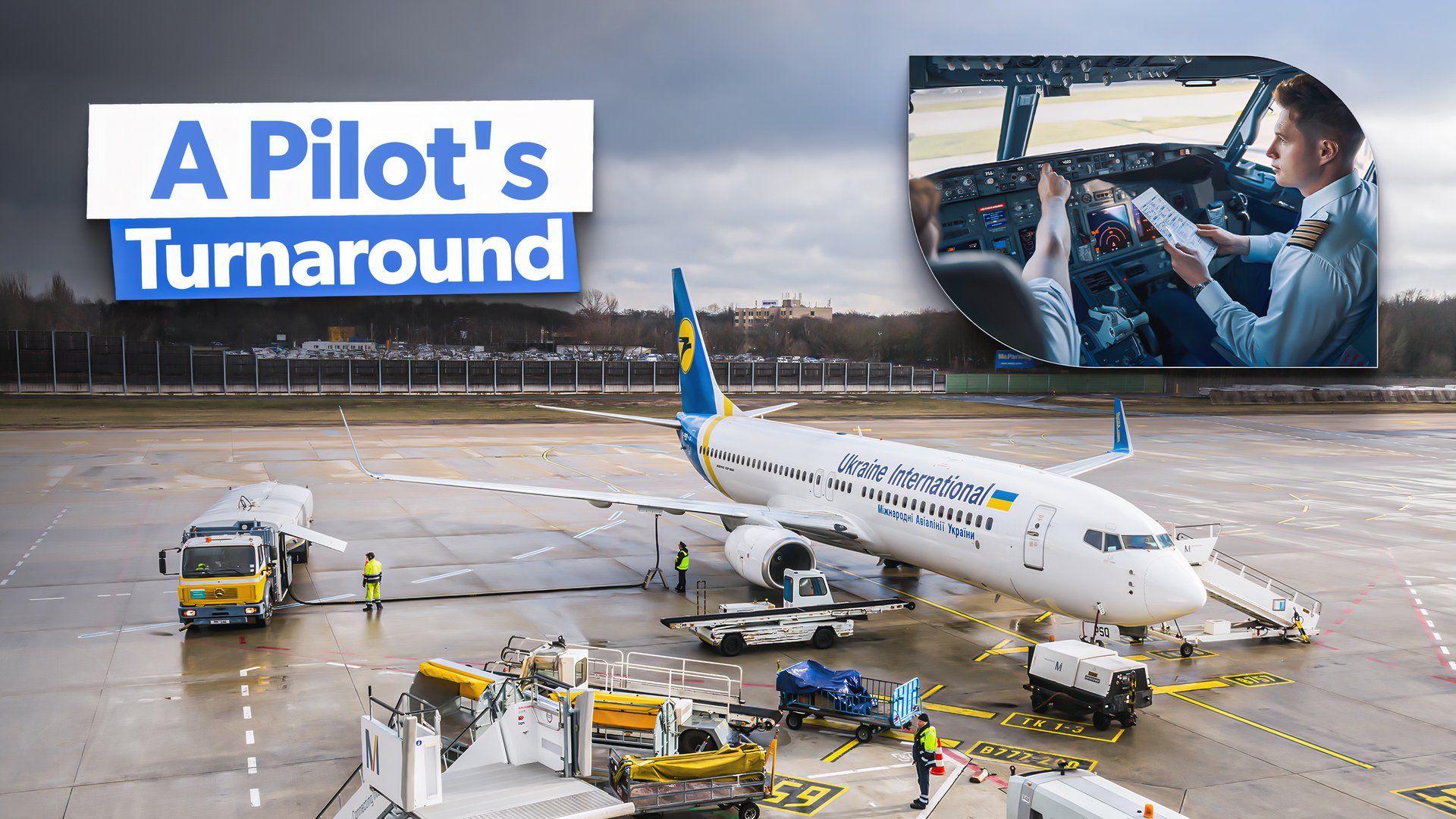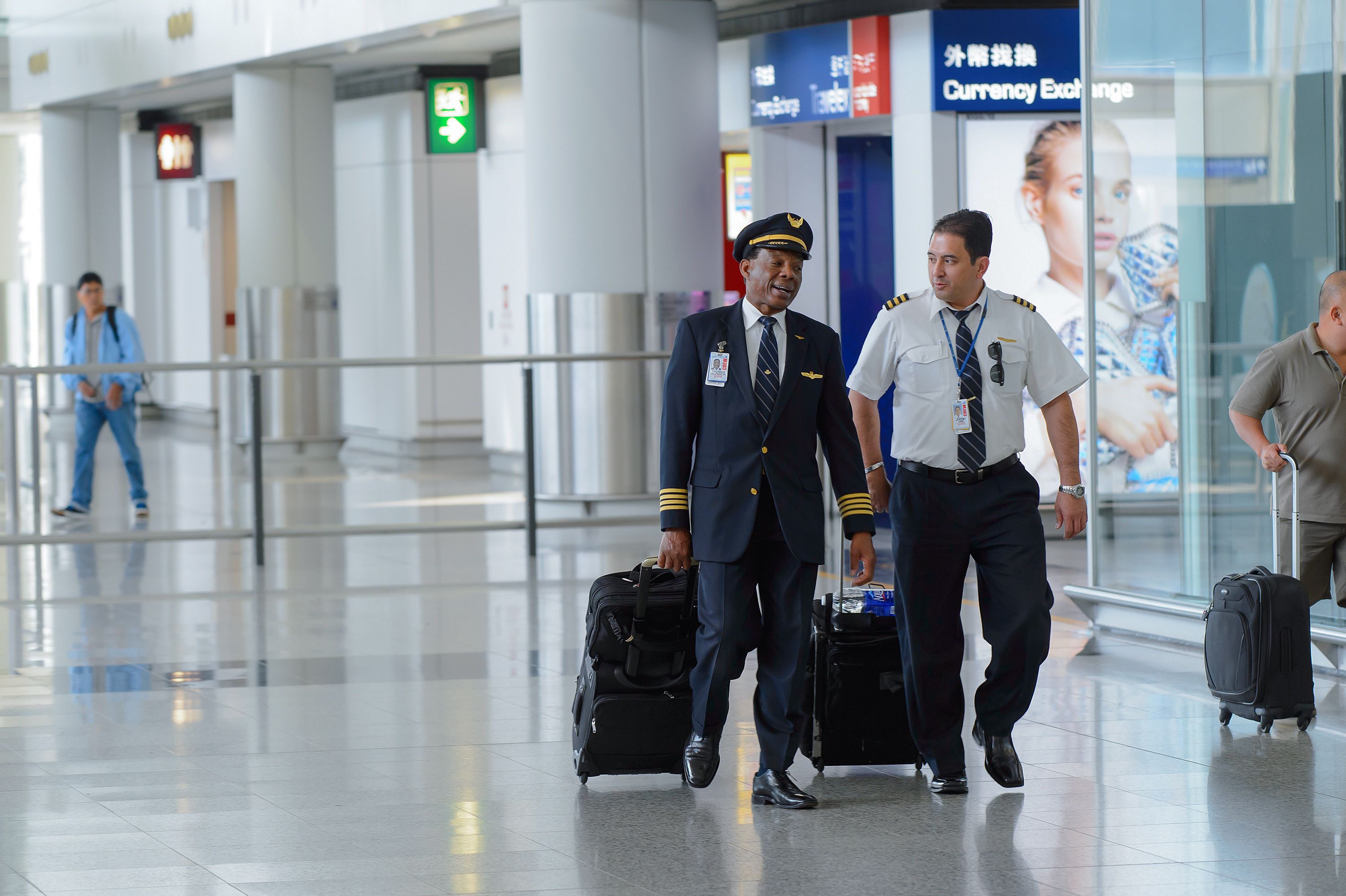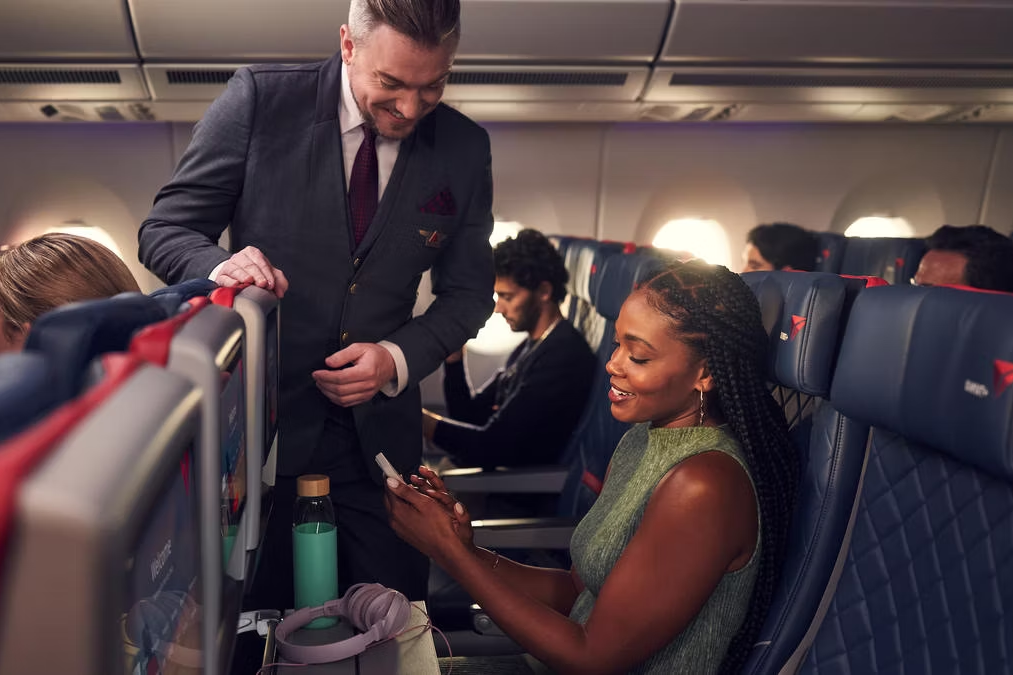Summary
- Turn times vary based on aircraft size. Larger planes have longer turn times.
- Pilots and flight attendants use turn time for rest, food, or exercise in crew lounges, if available.
- Turn times count towards duty time limitations, which introduces some interesting quirks.
The time between flights is coveted during long duty days. Particularly when a crew has 3+ flights in a single day, the intervening time is used to reenergize, recalibrate, and reset for the next flight. Pilots do different things depending on how much time they have during an on-duty turnaround. Here’s an explanation of how this time is spent and a brief conversation about legal duty periods and ground delays during turns.
How long is the turn?
What pilots (and flight attendants) can do with their turn time largely depends on how much time they have between gate arrival and their next scheduled departure time. In general, larger planes have longer turn times built into their schedules because it takes longer to unload passengers and their bags, clean the cabin, reload passengers, and re-fill the cargo holds.
This means pilots who fly Airbus A321s or Boeing 757s generally have longer time between flights than A319 pilots or Boeing 717 pilots. Regional jet turn times are usually 30-45 minutes, while mainline aircraft take between an hour and two hours to turn around.
10-minute turn?!
Southwest Airlines became well-known for its quick turns decades ago. They became industry leaders when they reimagined turn times in the mid-1970s. Southwest embraced a pit-stop, all-hands-on-deck approach to turning around their classic Boeing 737s.
According to Southwest’s website, they marketed (and routinely pulled off) 10-minute turns starting in 1972. Since then, security regulations and larger planes have eliminated the ability for an aircraft to turn in fewer than 30 minutes, but Southwest is an example of an airline that leads the way in turn times.
Contemporary turnarounds
On a typical hour-long turnaround, it’s common for one pilot to set up for the next flight while their colleague retreats to the terminal for coffee and bites for the entire team, flight attendants included. It’s a courtesy to flight attendants that pilots offer to bring back refreshments because FAs have significantly less time (if any) to venture into the terminal.
Every flight attendant must stay onboard until every passenger has deplaned, and all of them must be back onboard for boarding to commence. It’s rare for flight attendants to leave the plane during a turn unless there’s an extended ground time or plane swap.
One option flight attendants at some airlines have to get a breather on long days with multiple flights is to notify their schedulers that they need a break upon arrival. If the company can, it will send a team of flight attendants already at the airport on standby to “pre-board” the next flight while the working crew takes some time off the plane. An airline has to have crew members working an airport standby shift for this to be possible, something that not every company has due to its unpopularity among crews.
Pilots and flight attendants can also go to their respective crew lounges during long turnarounds in base. Airports that serve as bases or domiciles for flight attendants and pilots tend to have lounges inaccessible to passengers. These lounges, or crew rooms as they’re often called, are usually where the chief pilot’s office and flight attendant leadership for the base are.
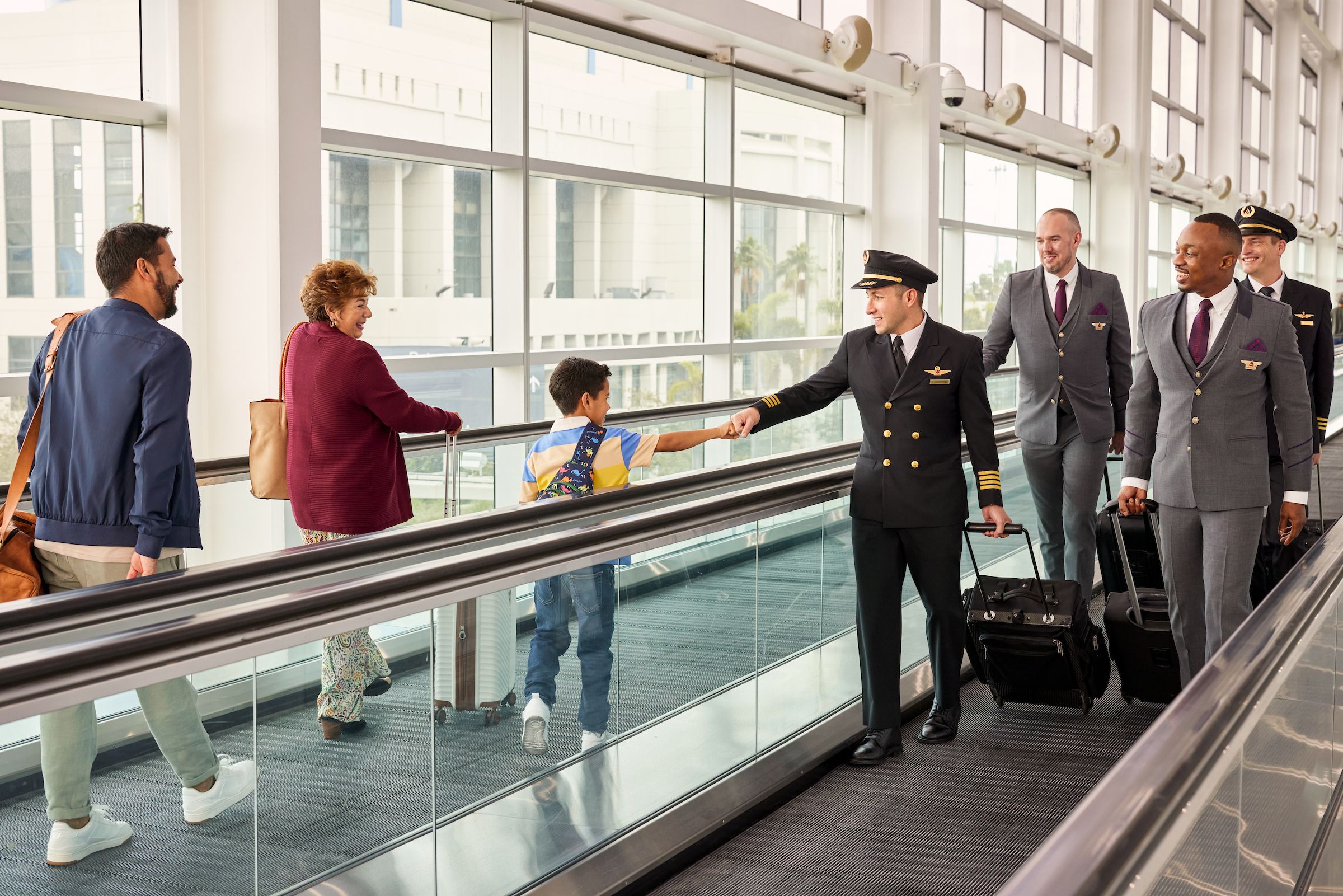
Related
What Are A Chief Pilot’s Roles & Responsibilities?
A brief explanation of the top pilot in a domicile.
Naps, food, and even a workout
Crew rooms have everything from planning rooms to quiet nap spaces. They also often have food, coffee, and any items that pilots might hand out to passengers, such as wings or trading cards. Some crew rooms are even adjoined to full gyms where pilots, flight attendants, and other airline airport staff can exercise during more extended breaks. It’s common for pilots to use the gym during long sits of 3 or more hours if one is available at the airport they’re at.
Photo: Sorbis I Shutterstock
Another feature of most crew rooms is a large fleet of armchairs. There are often televisions and computers as well, which pilots can use to access the airline’s proprietary servers for scheduling, training, email access, and more. Pilots can also use time on longer turnarounds to catch up on their airline’s safety publications and newsletters.
Duty time
Believe it or not, the time between flights still counts toward pilots’ legal duty accrual. Even when pilots or flight attendants have a 3+ hour airport sit, they are still considered “on duty” until just after they have blocked in from their last flight or are released by crew scheduling. Though separate from flight time limitations, pilots also have daily, weekly, and monthly duty limitations imposed by regulations. To this end, relaxing in the crew lounge between flights still counts as “duty” just as much as flying the plane.
Although long turnarounds can be pretty casual and even restful, they still need to count towards duty limitations because it’s impossible to separate a restful turnaround from one that’s more hectic and energy-consuming. For example, if a thunderstorm forms over the airport, a crew just about to push back after a turnaround might get stuck at the gate with the jetbridge still attached.
Despite all the passengers and crew being ready to go, the ramp might close because of lightning in the area. Therefore, the ground crew can’t close the boarding door, pull the jetbridge, and push the plane back. This happens in Florida all the time in the summer, among other places.
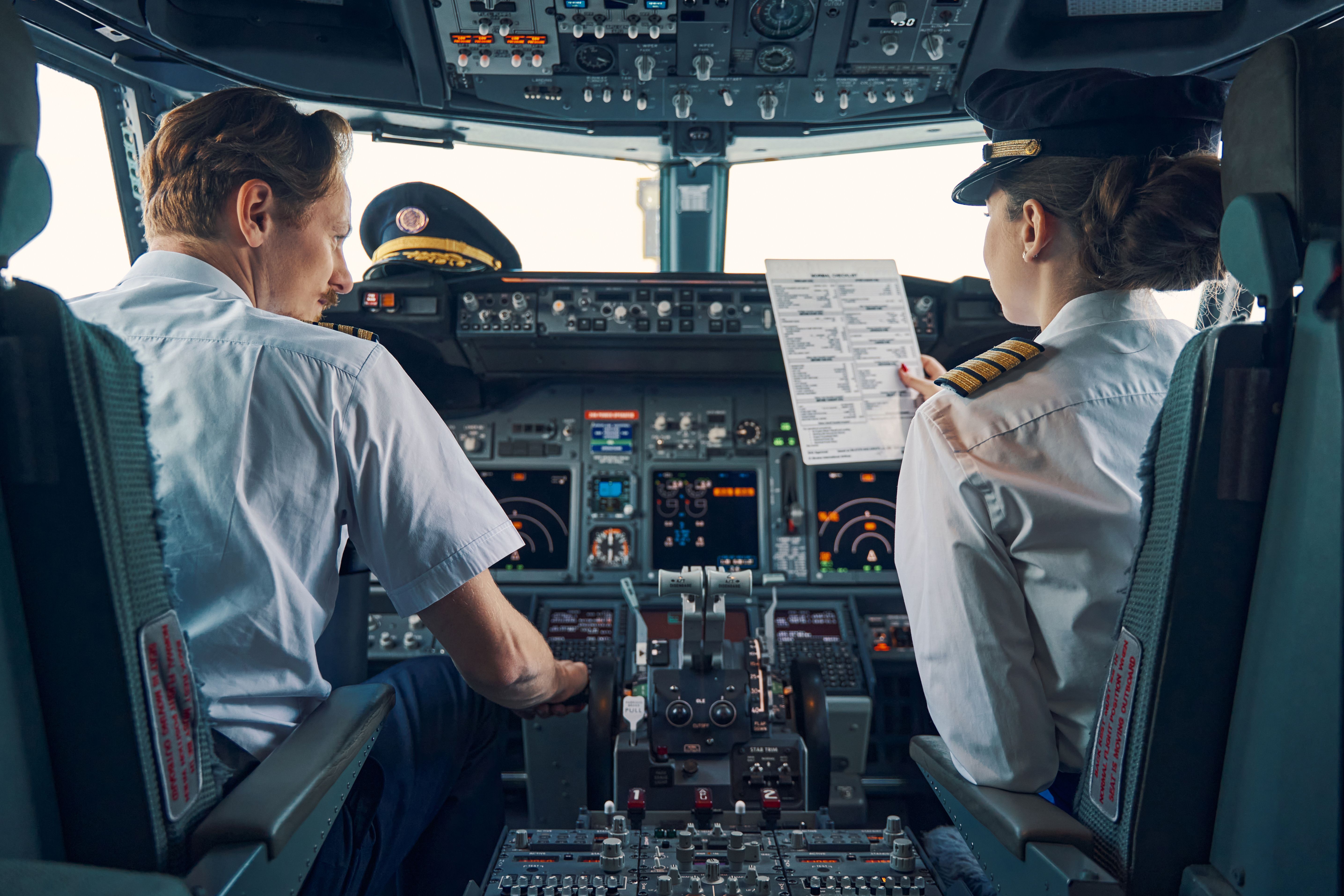
Related
A Day In The Life: How Many Flights Does A Pilot Operate Per Day?
What does the average workday look like for an airline pilot?
During this ground delay with the door open, the pilots will be working on coordinating with the company, ATC, and various other entities. The flight attendants are also likely discussing the delay with passengers who have understandable questions and frustrations. They might even serve beverages.
Photo: Delta Air Lines
Amazingly, this time counts just the same towards the duty period as the previously mentioned time spent lounging in the crew room. The parking brake hasn’t been released, so neither the pilots nor flight attendants are accruing flight time. However, they are still on duty. This is why duty time is logged separately from flight time; not all duty is equal, so it must be measured towards an upper limit to preserve crew alertness.
A further point regarding the weather delay is how flight attendants are compensated. Most airlines observe duty and flight time to varying degrees for the sake of pilot compensation, but flight attendants are paid only for flight time at most airlines. This has been a significant point of contention in recent labor negotiations between flight attendant unions and the airlines. Few airlines would have to compensate FAs for the time spent on the ground with passengers onboard in the above hypothetical.
Airport appreciation
Though very few turnarounds are a brisk 30 minutes, many are an hour or less. This still provides enough time for pilots to grab a drink and a snack, though flight attendants probably don’t have enough time to disembark meaningfully. Longer turnarounds offer the opportunity to roam the terminal, go to the crew lounge, or even get a workout. Some crewmembers try to find the quietest corner of the airport to sit in peace. If there’s no lounge available, this is more common practice than you might think!

